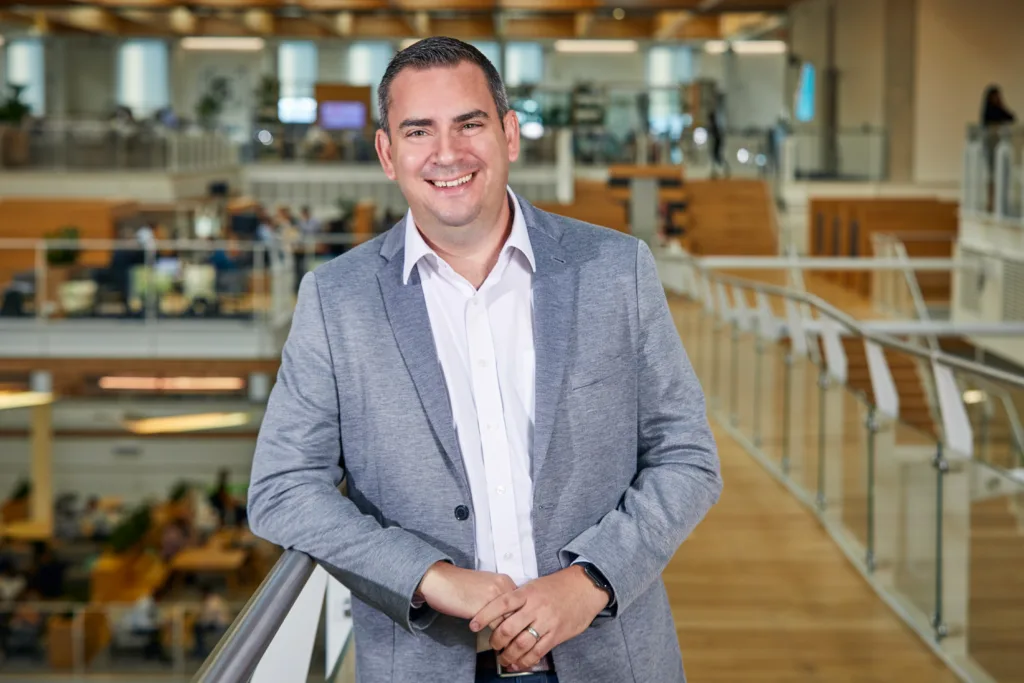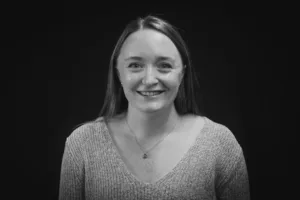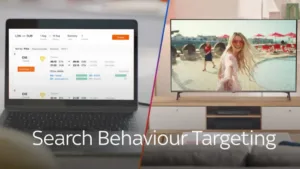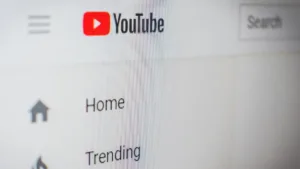New Digital Age (NDA) in association with LiveRamp, is spotlighting the men and women championing a data-led revolution in the marketing industry. ‘Meet the Revolutionaries’ focuses on the efforts of the industry executives helping to push digital marketing into a new era of data collaboration.
Here we meet Dan Cohen, Director of Product and Innovation at Sky Media, who explains how innovation is a continuous and collaborative process for those working in the CTV industry…
Tell me about your current role.
The work of my team is focused on enabling growth – understanding the marketplace, understanding what advertisers and agencies are looking for, and then providing opportunities where Sky Media can help advertisers drive growth. I’ve been a planner all my life, so I tend to always think about outcomes and planning rather than the technical side of stuff. A big part of my role is focused on devising new interesting solutions to problems that exist, or evolving our current products and propositions in response to changes in the marketplace.
Can you give an example of a time when you personally have helped to drive innovation?
I’ve been at Sky for 14 years, so I’ve seen the evolution from HD to Sky Q to Sky Glass and the launch of Sky Go and NOW. There’s the continuous innovation that accompanies that sort of evolution, but there’s also truly-transformational innovation that only happens once every couple of decades. The launch of Adsmart ten years ago was absolutely transformational. We enabled addressable, data-driven advertising on a TV at scale for the first time in the world.
Back then, I was running the promo part of Sky, trying to get people to watch TV, so I actually had to build our own Adsmart strategy for Sky promos. That involved understanding the use cases and really getting to grips with how other businesses and brands could benefit from it.
Around that same time, Sky was revamping the way our sports channels were categorised and we needed to keep our customers up to date, so we created a new type of automated promos. That allowed us to mass produce messages that previously would have been produced individually, which fundamentally changed the way we were able to talk to our customers. More recently, we’re doing lots of work around what can be done with Connected TV and SKy Live (Sky Glass’s camera), focusing on how we can bring brands closer to the customer through connectivity.
There’s also continuous innovation around enhancing our targeting capabilities, such as targeting based on search behavior being added to our 1000+ targeting options. We’re also making it easier to buy from us based on audiences, cross-device, cross-channel, cross-platform, in an effort to simplify the crazily fragmented market for CTV advertising.
What are the most common challenges to innovation?
The internal challenges are interesting. In the first instance, you’ve got to understand the market, but different people read the market in slightly different ways. And if you dont have consensus, its much better if you can build it, so there is agreement on the challenges that exist, because when you work together to drive change, to innovate, the better chance of success you have.
Ensuring that the wider industry is ready is also important. There’s a certain amount of leading you can do, but if the industry isn’t ready to make fundamental changes it’s really hard to get anything significant done. Collaboration with key partners is a great way to tackle innovation, as it allows you to work together on those bigger challenges.
What tips can you offer others hoping to drive innovation?
A lot of people still avoid innovation due to fear of failure. The truth is that you probably learn more from failing than from getting something right the first time, so embracing the art of failing quickly, learning your lessons and moving on is so important. You need to understand and accept that innovation doesn’t always work.
It’s important to invest in your teams, giving people the flexibility and time to think a little bit differently and go a little bit off piste occasionally. It doesn’t matter if nine times out of ten it’s an idea that doesn’t quite land, because you never know whether that’s going to spark another idea. That, for me, is how innovation happens: communication, conversation and looking at things from different angles.
How do you think digital marketing might evolve over the next few years?
There’s undoubtedly a lot of fragmentation and complexity in the marketplace right now, so I think we will evolve back to simplicity. For example, there are lots of different TV apps out there, so at Sky we’re aggregating these apps in one place. There’s a natural cycle of complexity followed by simplification.
I think we’ll need that sort of simplification for marketers and advertisers, as they don’t have the time or resources to buy from 15 different people or plan across 15 different TV platforms. Again, at Sky Media, we aggregate 100 different channels, and 20 different partners to make it a simpler buy. Simplifying the ability to buy at scale is really important.
We’re also going to see the evolution of a gold standard around data. Right now, there’s a lot of data out there, some good, some not quite as good. We’re also about to lose cookies and you’ve got walled gardens springing up all over the place. The ability to use high-quality, gold-standard data is going to become unbelievably important. The better you know your customer, the better you’re going to be able to plan a campaign.
AI is obviously a big talking point at the moment. AI and machine learning have been around for a good few years now, but it’s still in its infancy in terms of what it can do both operationally and creatively.
The interactive element of TV is also going to get stronger. The immediacy of online shopping has opened the door to making CTV a really interesting space for ecommerce. I think we’ll start to see more intuitive ways of interacting with your TV start to emerge. If you’re watching a cookery programme and like the look of a frying pan that’s being used, you’ll be able to buy it with a few quick interactions.









